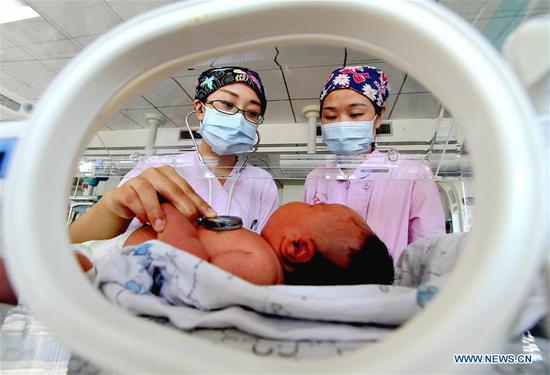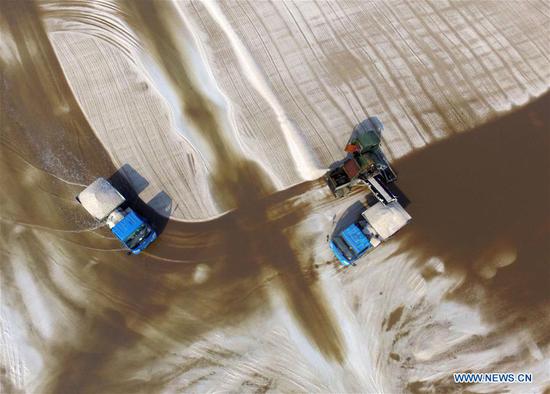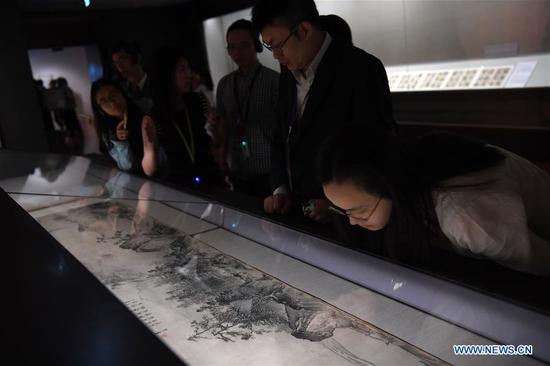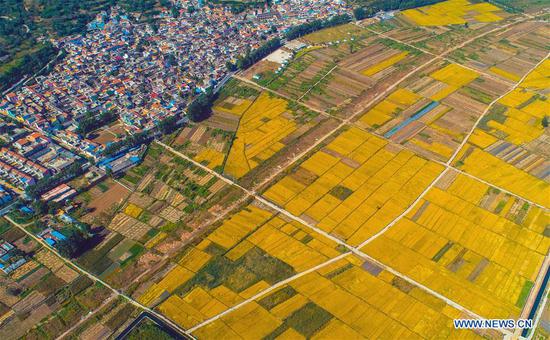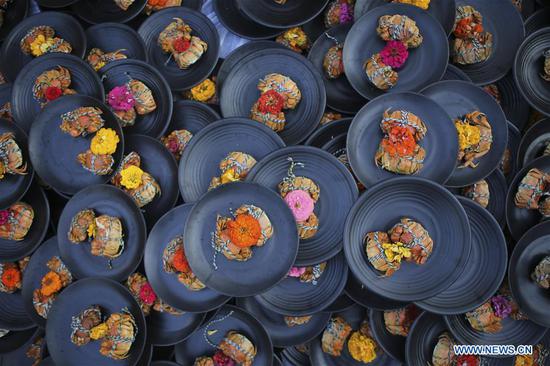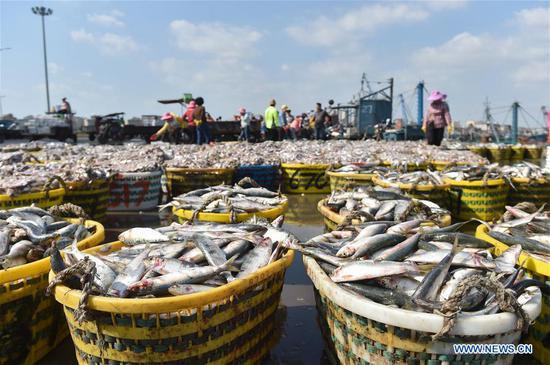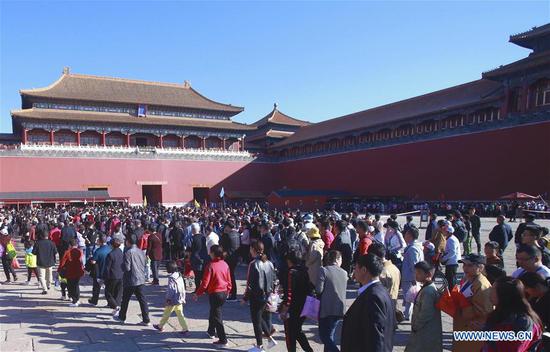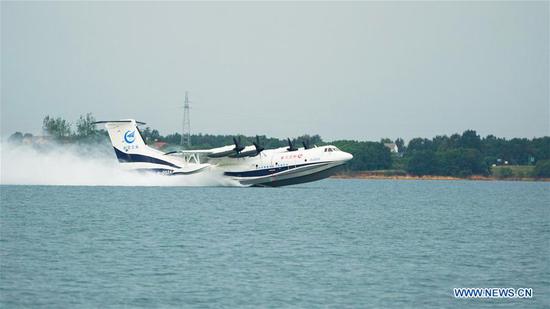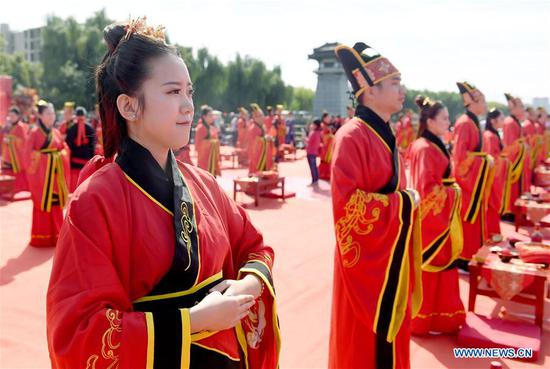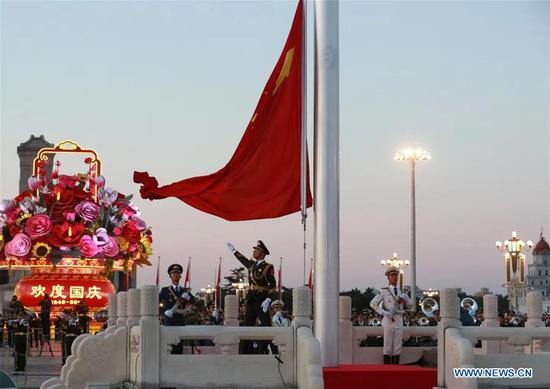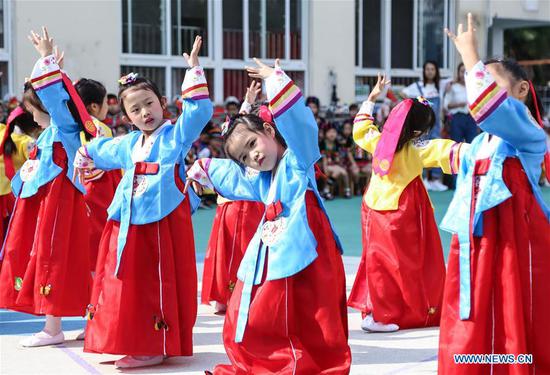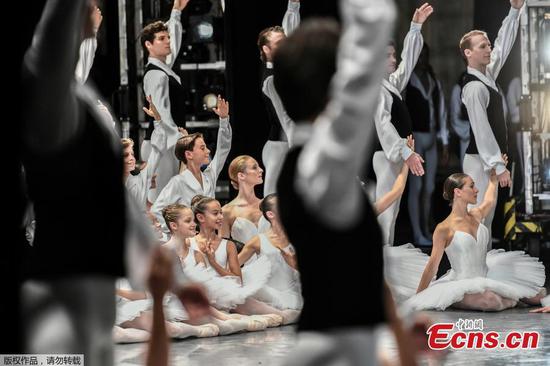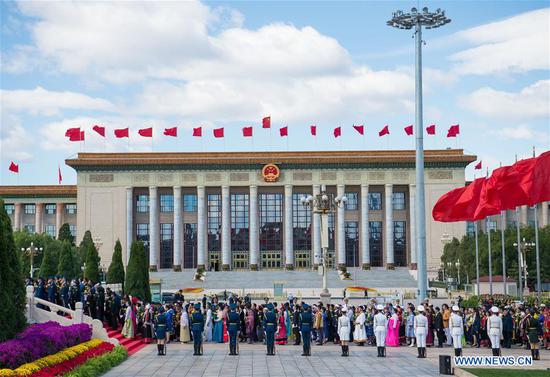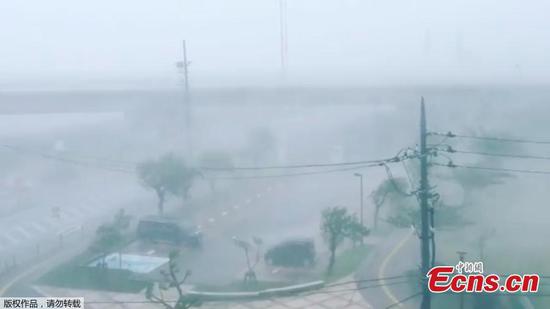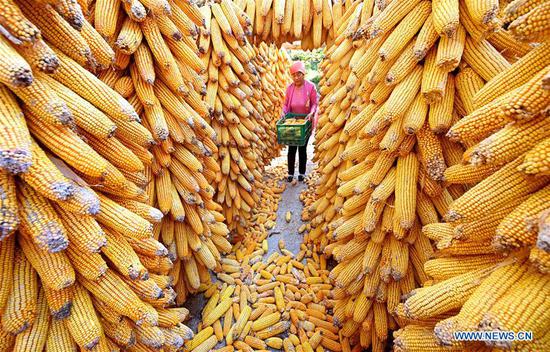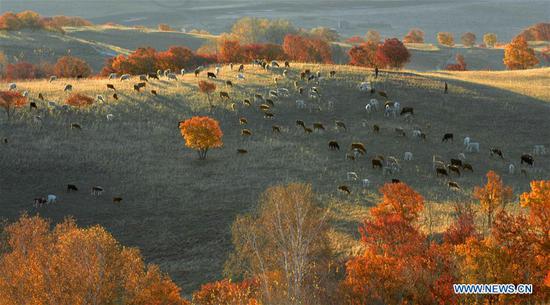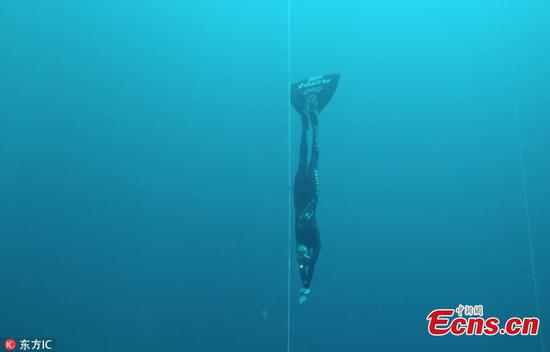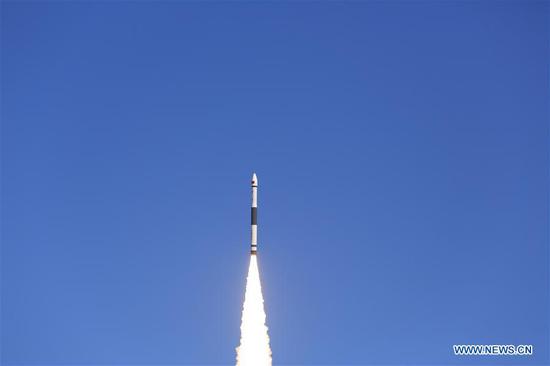The fragrance of kiwifruit can be found in the breezes around the Wuhan Botanical Garden of the Chinese Academy of Sciences during autumn months.
The botanical garden has six hectares of kiwifruit germplasm resources nurseries and 66 varieties of Genus Actinidia, or the kiwifruit genus plants. It is considered the garden with the richest kiwifruit germplasm resources around the world, as well as the most abundant living kiwifruit resource pool.
There is a total of 1,200 kiwifruit germplasm resources in more than 400 lines at the garden.
Kiwifruit has also been helping to alleviate poverty in some counties. In the past five years, the kiwifruit team from the Wuhan Botanical Garden has built 24 poverty alleviation demonstration bases in more than 10 national-level poverty-stricken counties.
The output of a kiwifruit base in Shibadong village, Huayuan County of central China's Hunan Province is expected to exceed 400 tonnes this year, generating a revenue of five million yuan (about 728,000 U.S. dollars) for the villagers.
According to Luo Zhiqiang, an official of the Wuhan Botanical Garden, their kiwifruit team has provided technical support to more than one million mu (67,000 hectares) of orchards around China and trained thousands of technicians.
These orchards can bring in an income of more than 10 billion yuan (about 1.46 billion U.S. dollars) to farmers each year, said Luo.
"China is the kiwifruit's origin country," said Zhong Caihong, a researcher at the Wuhan Botanical Garden. "But it is New Zealand which first started commercial cultivation of the kiwifruit, hence it was mistaken as the origin country by some people for a long time."
China now leads other countries in kiwifruit seed selection, cultivation and industry scale, being home to 71.4 percent of the global kiwifruit planting area.










